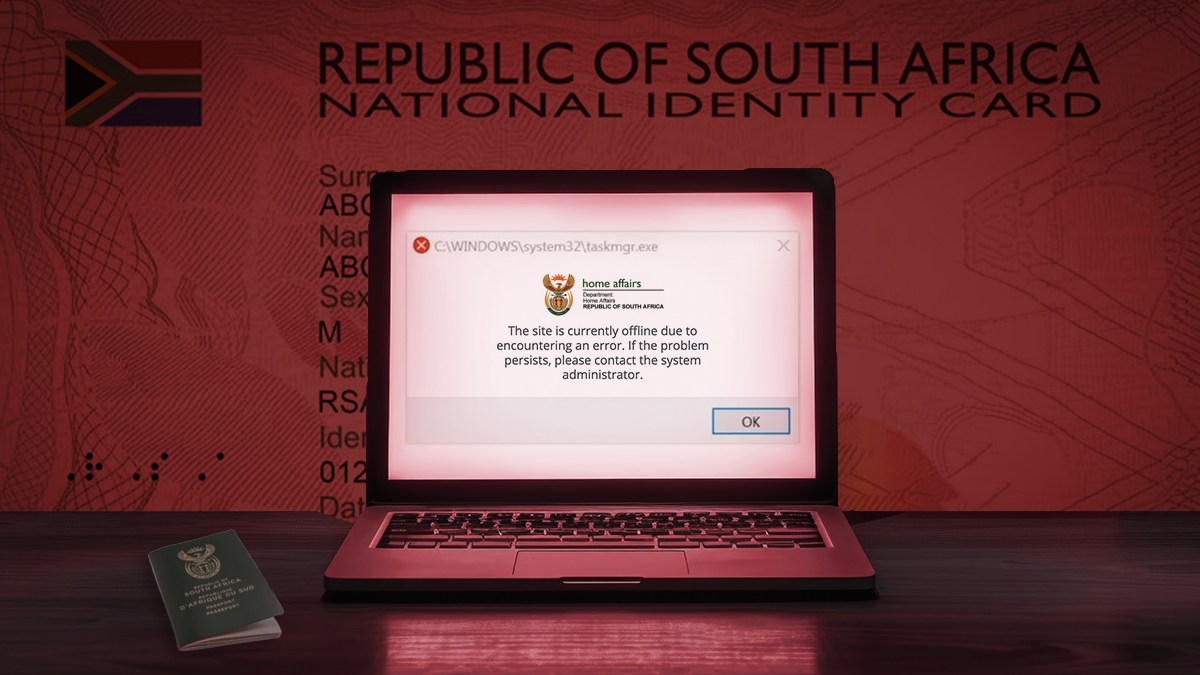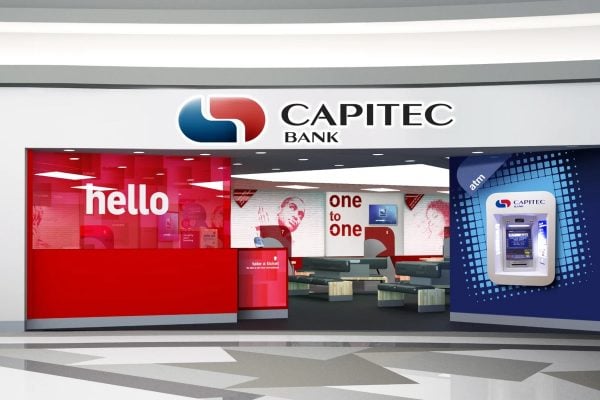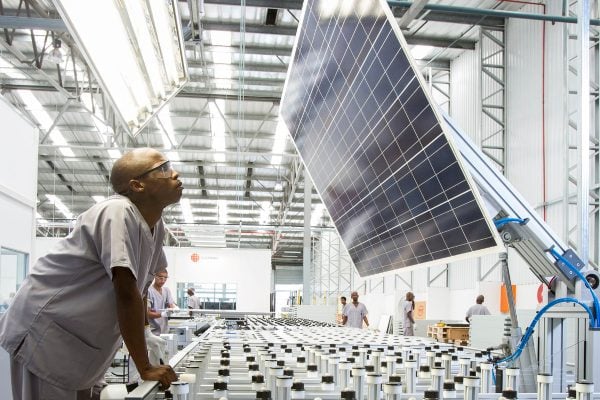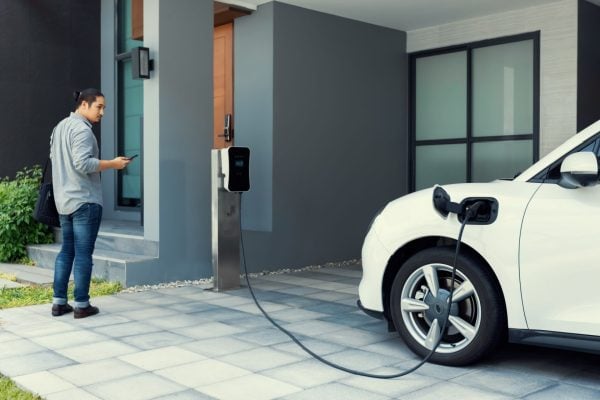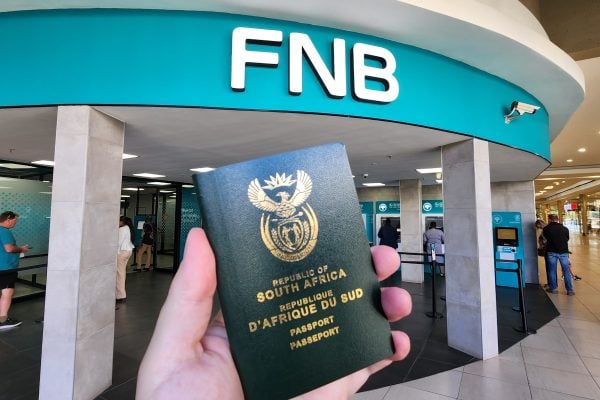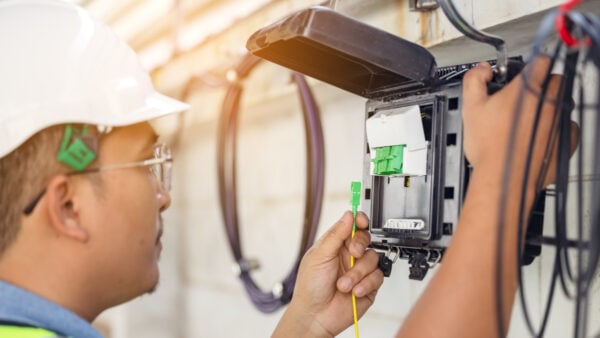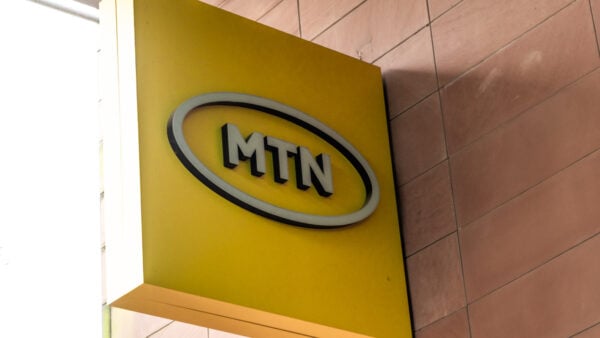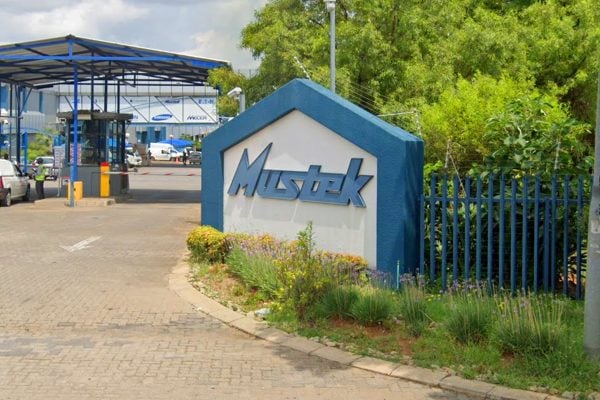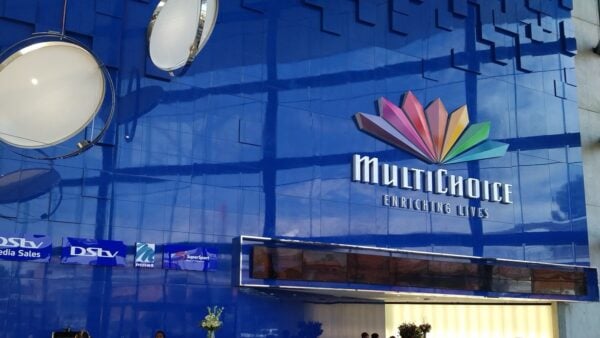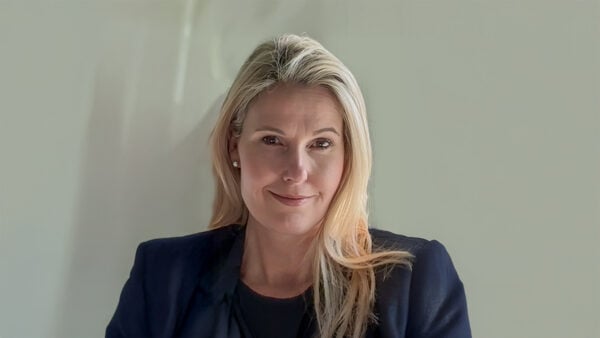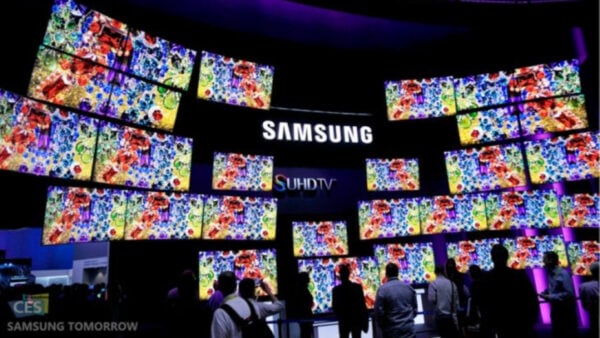What you need to know about SSEG—and why Wetility has you covered
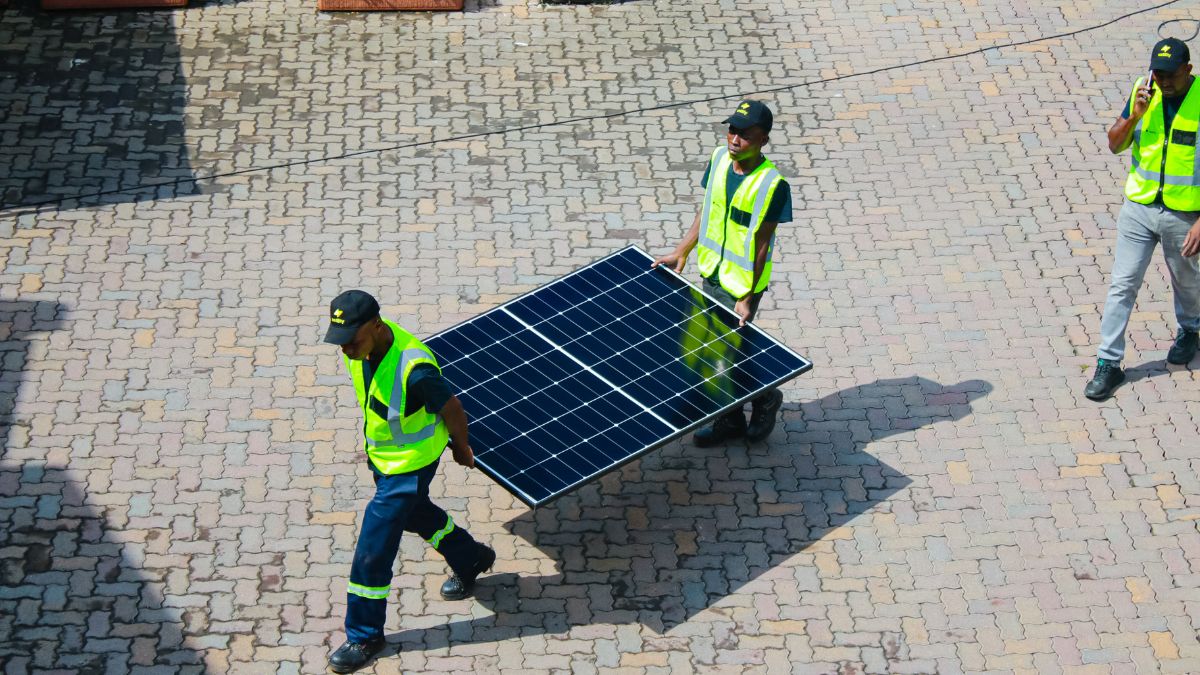
Since February 2025, the topic of Small-Scale Embedded Generation (SSEG) registration has taken centre stage in South Africa’s energy conversations.
With Eskom’s recent clarification that all grid-tied solar systems—whether feeding power back into the grid or not—require registration, many solar users have been left with questions.
To help unpack the issue, MyBroadband spoke with Wetility, South Africa’s fastest-growing solar subscription service provider, to understand what SSEG registration is and why it matters.
Wetility also shared why its customer base continues to grow rapidly—and how Wetility supports customers in navigating these regulatory changes easily, without any impact on pricing.
What is SSEG?
SSEG refers to any small-scale electricity generation system—like rooftop solar—that operates in parallel with the grid.
In South Africa, these systems must be registered with your energy supplier (Eskom or a local municipality) to ensure safe, reliable integration into the broader network.
According to Eskom, even systems that do not export electricity to the grid must be registered to meet compliance standards.
Understandably, this has prompted many customers to seek clarity around the rules and responsibilities.
Why is SSEG Registration Important?
SSEG registration is part of a global trend towards regulating decentralised, distributed energy systems.
Most countries with solar-friendly policies have similar frameworks in place.
In South Africa too, the emphasis on SSEG indicates a normal transition to formalizing the alternative energy sector.
SSEG was officially introduced in the early 2020s with an intensified drive for registration by Eskom since 2023.
Wetility emphasized that SSEG registration is not just a bureaucratic checkbox—it plays a critical role in the future of South Africa’s energy system.
It enables:
- Grid safety by ensuring only compliant systems are connected.
- Improved planning by giving utilities visibility into the volume of private generation on the grid, while also tracking how many solar systems are grid-connected and may occasionally draw power to charge their batteries.
- A path toward future benefits, such as possible feed-in tariffs or export compensation schemes.
“We are in full support of compliant electricity,” said Johanna Horz, Chief of Staff at Wetility.
“SSEG registration is already part of our standard installation process and is fully included in our subscription offering. Our customers don’t need to worry—we take care of it.”
How Can SSEG Registration be Hassle-Free with Wetility?
SSEG registration is handled through a customer’s electricity supplier—either Eskom or a local municipality.
The process typically involves submitting documentation such as an SSEG Application Form, an inverter datasheet, and Certificate of Compliance, amongst others.
Once submitted, the respective energy supplier will arrange a site inspection and, upon approval, register the installation on their system.
“We see SEEG as part of our service to customers and handle the registration on behalf of our customers,” Horz added.
“We manage the documents, coordinate with municipalities, and cover any related fees where publicly available. Our customers don’t have to get involved in the technical or administrative back-and-forth.”
How does the Registration Differ Between Municipalities and Eskom?
Wetility shared that in many regions—such as the City of Cape Town —the SSEG registration process is efficient and can even be completed online.
“The City of Cape Town has been a frontrunner with making SSEG easy to apply for. The process is highly streamlined and Wetility can complete the application online in just 30 minutes. Approval to install is typically granted within the same day.”
“After installation and commissioning, we upload final documents to the portal, triggering the City to inspect the system and give final approval. This entire process can be wrapped up in as little as two weeks,” explains Horz.
In contrast, municipalities outside the City of Cape Town vary in efficiency.
For example, Horz states that some municipalities, like the City of Tshwane, have online portals but offer much slower confirmation or support, others still have undefined application processes.
“We strongly encourage more municipalities to follow the lead of the City of Cape Town by adopting a fully online and streamlined SSEG application process. The requirement for physical documents—especially proxy letters—often creates unnecessary delays.”
“In contrast, Cape Town’s digital system automatically generates a proxy letter after the customer’s initial submission, enabling us to manage the entire process quickly and efficiently on their behalf.”
Wetility also urges municipalities to align their SSEG registration requirements with the necessary execution capacity.
Without adequate staffing, clearly defined processes, and efficient handling of applications and site inspections, backlogs quickly build up—creating frustration for both solar users and providers.
“Even when there’s a strong commitment to compliance, delays on the municipal side can make it difficult for companies like Wetility to move at the speed our customers expect,” Horz noted.
What about the Cost of SSEG Applications?
“To answer your question on cost: It depends—but at Wetility we’ve got you covered. For all our customers—whether supplied by Eskom or a local municipality—SSEG registration costs are already included in our monthly subscriptions wherever the process is clearly defined,” explains Horz.
“There are no surprise charges and no additional admin fees.”
There is additional good news for Eskom customers: all SSEG registration fees are currently waived until March 2026 for PV systems up to 50 kVA (typical residential PV installations are up to 16kVA).
“Even customers who installed solar before the registration requirements were formalized can count on Wetility to ensure they’re fully compliant before the deadline—at no additional cost,” Horz adds.
Looking ahead, Wetility remains confident that SSEG-related costs will have minimal impact on customers.
“We’ve covered SSEG fees in the past – like an R1 600 application fee and an R800 inspection fee in the Theewaterskloof Municipality. These costs have never been high enough to affect customer pricing.”
As the regulatory landscape evolves, Wetility believes the solar subscription model must evolve with it—ensuring customers face no disruption to their service or their savings.
In fact, the future looks brighter than ever: Launching on May 1, 2025, Wetility’s new AI Mode acts as a personal energy manager, using real-time data and smart automation to drastically cut electricity bills.
Wetility is a solar-as-a-service provider dedicated to accelerating South Africa’s clean energy future through affordable access, smart technology, and 24/7 support.
Learn more about Wetility’s offers.

